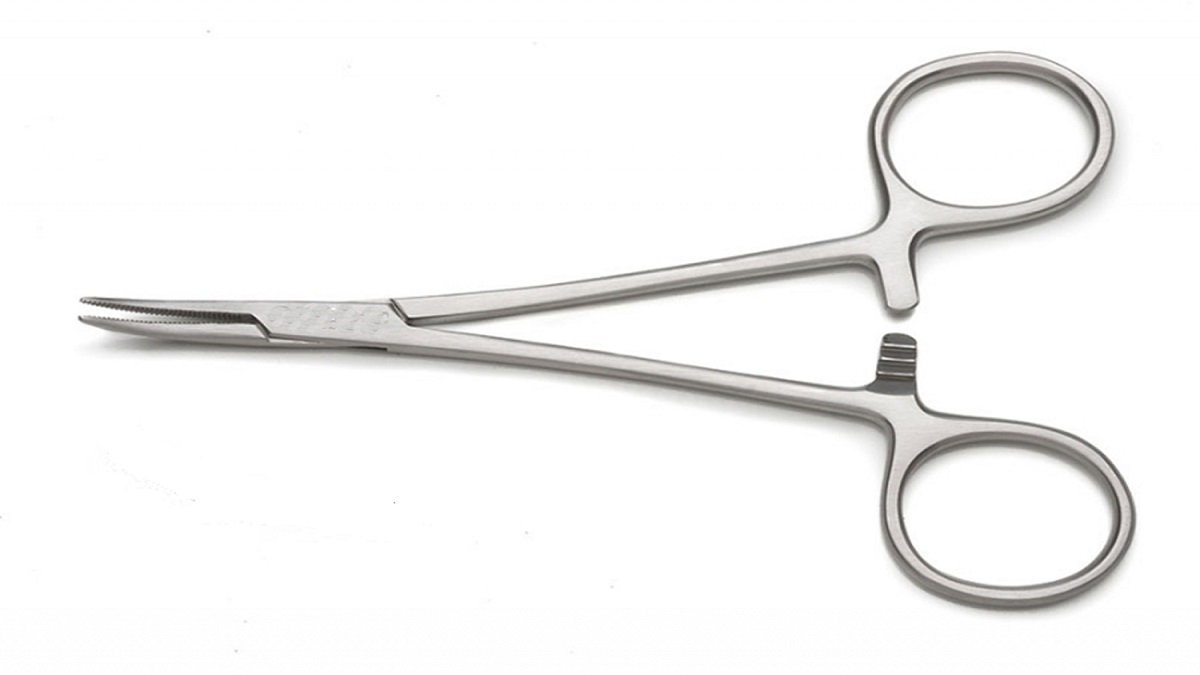Artery hemostatic forceps are surgical devices that are used to repair blood arteries that have burst. One of the most often used implements in contemporary medical practice is equipment that is also known as a hemostat and, more colloquially, a clamp. Artery forceps are frequently utilized by military medics as well as civilian paramedics to save the lives of patients who are at imminent risk of passing away as a result of significant blood loss. Patients might buy themselves crucial time by using it correctly while they are waiting to be transported to a hospital.
Applications of Artery Hemostatic Forceps:
Artery Hemostatic Forceps are devices that are used to clamp an artery to reduce bleeding that is coming from blood vessels. A technique that is often referred to as hemostasis. To keep the forceps from moving about during procedures, they come equipped with a locking mechanism that is located at the top of the forceps. Forceps are tools that have hinges on them and are used to keep an object in a place that is difficult to grip. From surgery to obstetrics to dentistry, there are hundreds of different varieties of forceps that are employed in the medical field. Tweezers and pliers are two more names for forceps that are often used in the household. It should come as no surprise that artery forceps serve a far more specific purpose.
Several types of artery and hemostasis forceps are as follows:
There is a wide variety of artery forceps available. The Carmalt hemostatic forceps is the one that often gets used to clamp down on major blood arteries since it is the biggest and heaviest. There is also the option of using the smaller Kelly forceps, which are better suited for work that requires greater finesse. The even more diminutive mosquito forceps, also known as a Halsted clamp, can clamp blood vessels that are much more minute. The Crile forceps, which are also known as Pean forceps, have serrated gripping surfaces, which, somewhat counterintuitively, cause less damage to delicate tissue than smooth or cross-hatched gripping surfaces found on other types of clamps. In the 19th century, Pean forceps were created as a medical instrument. The tip of right-angle forceps is bent at a right angle so that it can reach blood vessels that are blocked by other tissues.
- hemostatic forceps for the Arteries
- Bulldog Clamps
- Forceps for Dissection and Ligature Work
- The Well as the Gall Duct Forceps
- Forceps used in hysterectomies
- Parametrium Forceps
- Lung Grasping Forceps
- Vascular Clamps
The Correct Way to Grip an Artery Forceps
Arterial hemostatic forceps clamps typically contain two looped, scissor-like handles, a thin yet blunt snout, and a lock to guarantee that the device maintains its firm grasp on the blood artery. These characteristics allow the tool to perform its function effectively. When the handles of the device are brought closer together, the metal teeth of the forceps, which are situated close to the finger loops, slip into position. To unlock the teeth and allow the instrument to relinquish its hold on the patient, a doctor needs just make a minute adjustment to the position of their fingers. The tips of the forceps can be either straight or bent.

